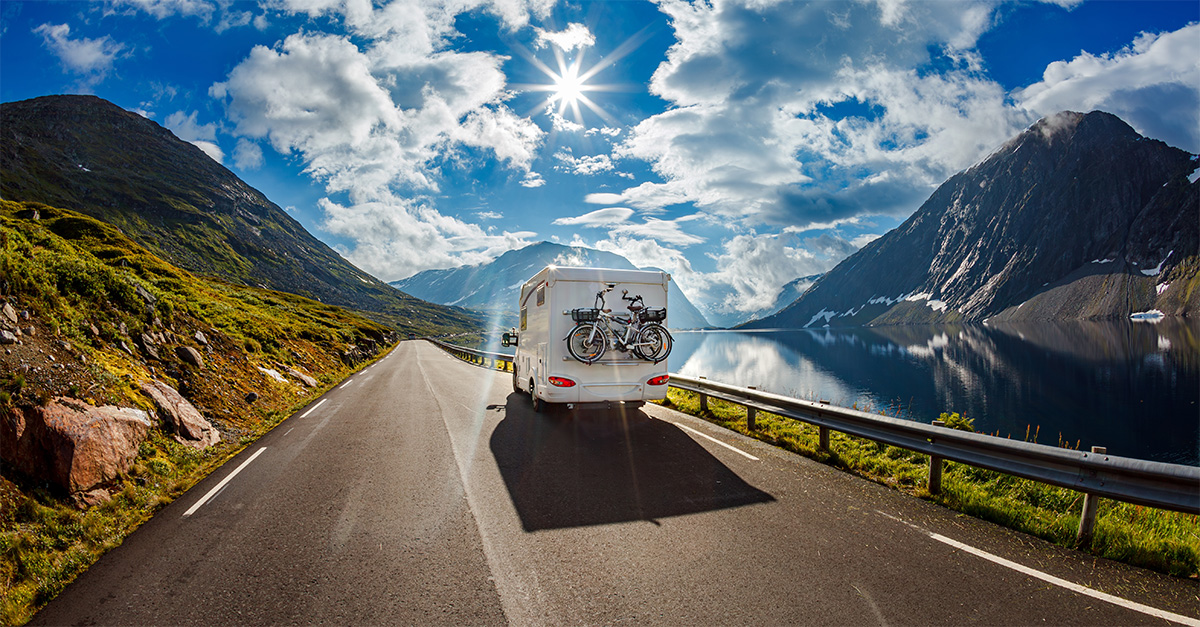Joanna Booth follows the flow of tourists back to this Asian gem
Like this article? Click here to download and save as a PDF.
Way back in 1898, Rudyard Kipling wrote that Burma was ‘unlike any land you know about’. After decades closed off from the outside world, the country is hardly better known 114 years later. But that’s about to change.
From the column inches the travel press has dedicated to Burma in the last year, you’d be forgiven for thinking it was an entirely new country that had erupted from the sea.
The flood of coverage is because, from a traveller’s point of view, this might as well have happened. For years the country, ruled by an oppressive military junta, was effectively off the tourist map. In 2009, the only Asian country with fewer British visitors than Burma was North Korea.
But the sweetness of forbidden fruits is well documented. And when pro-democracy leader Aung San Suu Kyi, ?released from house arrest in 2010, invited tourists to ?return, many were keen to rush back and discover ?what had been hidden.
SELL: UNTOUCHED BEAUTY
There’s something rather magical about Burma. Undoubtedly, its isolation has played a part in that – it’s a novelty in itself to find a spot where, as a tourist, you’re a novelty. Western brands are conspicuously absent – no McDonald’s or Coca-Cola ads – and, especially outside Yangon, western clothes are rare, outnumbered by people wearing the traditional sarong-type longyi. For clients who like to indulge in holiday one-upmanship, it’s definitely a boast-worthy destination.
But there’s a more enduring appeal that will last beyond this first rush. Burma has a rich history and heritage, from its ancient temples to the relics of British colonial rule. It also boasts beautiful landscapes, from the Himalayas in the north to the Andaman Sea coastline on the west and south.
But such claims could be made of many countries. The Burmese people are key to its special quality – displaying a huge gentleness and friendliness. It can’t be a coincidence that the place is devoutly Buddhist. There’s a saying that if you can’t see a pagoda, you’re probably not in Burma, and it’s true that they are everywhere.
Buddhist monks and nuns, clad in their signature robes of maroon and pink, can be spotted in every street. They make up around one in 80 of the population – all supported by the charity of their local communities.
There’s a real warmth about the Burmese people that extends to tourists. It’s evident in those who work in the industry – guides, drivers, hotel staff – but equally in those who don’t.
Even in Yangon, passers-by were keen to chat and help, and in a village near Mandalay a local family beckoned us in to share a bowl of soup to celebrate their daughter’s birthday. The fact almost everyone speaks good English means it’s easy to interact. One of the simplest but most pleasurable experiences in the country is simply to sit in a tea house – the leisure activity of choice for the Burmese – and watch the world go by.
SEE: PEACEFUL PAGODAS
Yangon: Formerly Rangoon, it’s the country’s business capital and largest city. Sedate in comparison with the hectic bustle of Bangkok or Delhi, the very centre is home to crumbling colonial mansions and thriving street markets – particularly in the India and Chinatown areas.
The major sight is the Shwedagon Pagoda. Countless statues of Buddha and elaborate temples surround a vast golden stupa, a structure housing Buddhist relics. Families wander from shrine to shrine, devotees pour water over statues of Buddha, and there are swathes of monks and nuns.
Less well known is the Reclining Buddha, a vast statue 216 feet long and 60 feet high. There’s a raised platform at the foot end – perfect for photos and getting a good look at the intricate patterns on the soles of the feet.
Bagan: One of Asia’s most remarkable archaeological sites. Rising above 15 square miles of wooded plains are the pointed roofs of 2,500 temples and pagodas, built between the 11th and 13th century when the city was Burma’s capital. Tourists can venture inside to see tall statues and intricate wall paintings, but the breathtaking Kodak moment comes from balloon rides at dawn and dusk, with the panorama spreading out beneath you under a glowing orange sky.
There’s a lively market at local town Nyaung Oo, and the area is famous for its quality lacquerware, with beautiful vessels, both ornamental and useful, on sale.
Mandalay: Sitting on the banks of the Ayeyarwady River, Mandalay is home to the Shwe Nandaw Kyaung Monastery, a beautifully intricate building made from teak, and the Kuthodaw Pagoda, known as the ‘world’s largest book’.
The entire Tripitaka – Buddhist scriptures – are inscribed on 729 pillars, which are housed in lines of small white pagodas spreading over a five-hectare site. The city is famed for its gold leaf production, and visitors can go to small workshops to see the process of beating the metal into its paper-thin state.
The results of their work often end up plastered on the large statue in the Maha Muni Pagoda, resulting in a considerable weight gain for Buddha. Even today, you can see the faithful queueing up to affix small sheets of gold to Buddha’s now somewhat chunky thighs.
U Bein bridge: Close to Mandalay, this teak walkway, dating back to the 18th century, stretches three-quarters of a mile across Lake Taungthaman. Recommend that clients take a boat ride out and walk back along it to get both angles for their photos – there’s a fleet of small wooden craft ready and waiting at the shore.
Sagaing: Just over the river from Mandalay, Sagaing’s hills are scattered with more than 600 monasteries and nunneries. We started the morning by watching monks queue to receive their daily gift of food in a local village, and then headed to a nunnery to have a look around and talk to the gentle, shaven-headed ladies in their pink robes. Sagaing artisans are famed for their silverwork and pottery, so there are more opportunities to buy good-quality souvenirs.
Inle Lake: This tranquil spot in Shan State is famed for its floating villages and gardens, and its fishermen, who row their wooden boats standing up on one leg. It’s also renowned for its woven silk items and paper parasols.

STAY: WHO TO?BOOK WITH
The pent-up desire to visit Burma has been evident in the tidal wave of operators now featuring the destination. The latest to head into Burma, or Myanmar as it is sometimes known, are Hayes & Jarvis – whose 2013 brochure includes both a land-based tour (seven days for £1,899) and a luxury Orient-Express cruise tour – and Ampersand Travel, which started offering top-end tailor-made itineraries this year.
Travel Indochina launched the destination in January and had to add extra departures to its 13-day, £1,340 Burma Revealed tour by May because of demand. It will include Burma in its next river cruise brochure, out this month.
Escorted tour specialists featuring Burma for the first time this year include Wendy Wu Tours (13 days from £2,390), Journeys of Distinction (14 days from £1,955) and Cosmos Tours and Cruises (12 days from £2,095).
And that’s to add to the list of early-adopters that had gone back to Burma the year before. Cox & Kings’ passenger numbers have grown 20% this year, and it has introduced a new private tour, the 19-day Burma Explorer, from £4,245 in response to the increase in demand.
Explore had to add 70 extra departures dates this year, doubling its offering year on year due to demand. Kuoni has added Orient-Express’s Road To Mandalay cruise itineraries, and TransIndus has three tours of differing lengths.
Given Burma’s rising popularity, it’s no surprise that specialist itineraries are beginning to spring up, with adventure operator KE Travel adding a trekking itinerary in the remote Himalayan peaks of the north while Abercrombie & Kent offers a photography tour.
It might sound like there is plenty of product out there, but Burma is still undeveloped in terms of tourism. Tours are selling out far in advance and bed availability can be an issue when planning tailor-made holidays. The word from all the operators is that clients need to book early to ?avoid disappointment.




